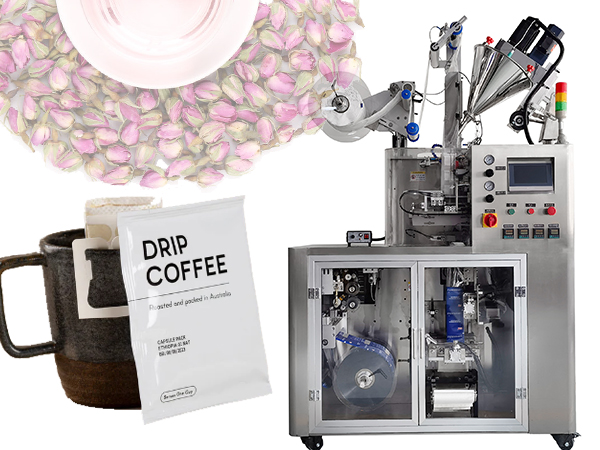How to increase the extraction rate of espresso
In espresso extraction, channels are often discussed, but microchannels seem to be rarely mentioned. But this is not a new concept. I have seen relevant literature in about 19 years, and the time when it was actually proposed may be even earlier.
How to distinguish between channels and micro-channels? From the perspective of phenomena, channels will cause sputtering during extraction, uneven distribution of liquid color (which can be clearly observed through the bottomless handle), and partial over-extraction of powder cakes. The microchannel does not have the above phenomenon, but the same as the channel, the microchannel also causes uneven extraction of the powder cake.

If you look more deeply and carefully at the microscopic performance of the two in the extraction, you will find some more interesting things.
The extraction water flows through the ground layer, relying on the gaps between the coffee grounds as a path. There are countless such paths in the powder layer, but because the particle size of the coffee powder particles is not exactly the same, this determines that the width of these paths is also different.
The paths around the coarse particles are wider, the paths around the fine particles are narrower, and the fines migrate through the initial stages of extraction, some of which are blocked by the fines, preventing the flow of water.
When the water flows through the ground bed, the wider path has more water flow, and the coffee ground around the path is extracted faster. These paths with more water flow are what we call microchannels.
However, when there are many ultra-fine powders in the grinding, or the grinding is too fine, the water resistance of the powder layer will increase, and the water flow will become difficult. At this time, in the relatively wide path, greater water pressure will be withstood, and an internal pressure exerted from the path to the surrounding coffee powder will be generated. Finally, the ground coffee is pushed to produce a displacement, making the path wider and more open for a large amount of water to pass through quickly. From the outside, this is why the extraction sputters.
The unobstructed path created by the pressure of the water flow to push the coffee powder to produce displacement is the channel. Whether the coffee powder around the path is displaced is an important condition for distinguishing channels from microchannels.
If the impact of channels on extraction is disastrous, then the existence of micro-channels actually limits the pursuit of higher extraction rates for espresso.
Grinding with a more concentrated particle size distribution greatly improves the problem of microchannels in extraction. This makes the gaps between all the coffee powders in the ground layer more consistent, and the difference in extraction progress will also be reduced. Before some parts inevitably extract the tannins first, other parts of the ground layer can obtain a more complete degree of extraction. As well as increasing the average extraction rate of espresso.

The most effective way to improve the grinding quality is to choose a grinder with better performance. Therefore, when configuring bar equipment, the importance of a high-quality grinder is no less important than a coffee machine that is several times more expensive.
In addition, the sharpness of the grinder burrs is also crucial to the quality of the grind. The cutter head of the grinder needs to be replaced in time after long-term use and wear.
The ambient temperature and humidity during daily grinding will also have some impact on the grinding quality. Generally, when the ambient temperature is high or the humidity is high, the ultrafine powder produced after grinding will be less, and the distribution of the ground particles will be more concentrated.








